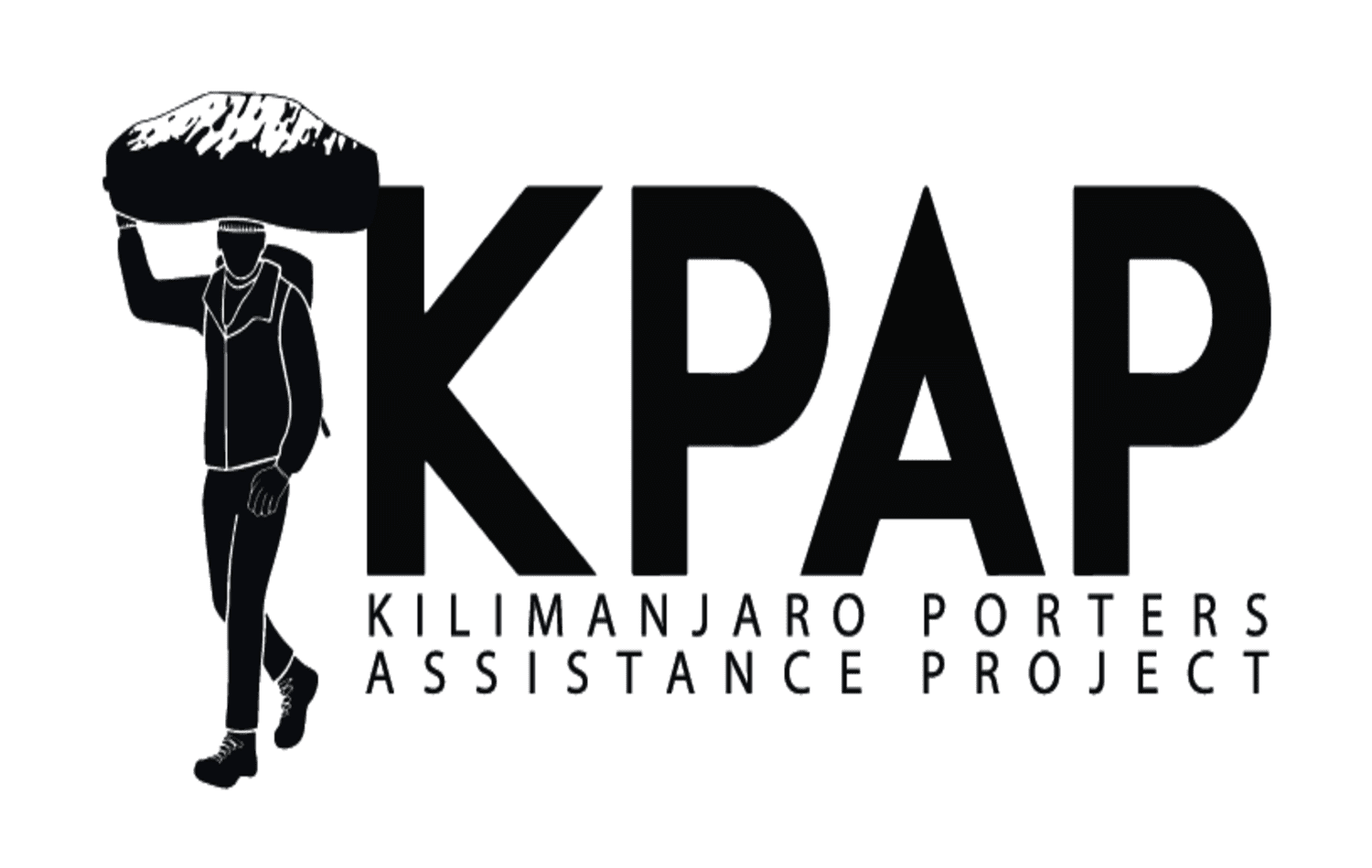What Is High Altitude Acclimatization?
High altitude acclimatization is the process by which the body gradually adjusts to reduced oxygen levels in high-altitude environments. As you ascend to higher elevations, the air pressure decreases, making it harder for your body to absorb oxygen. To cope with this, your body undergoes several physiological changes to improve oxygen efficiency and prevent altitude sickness.
Proper acclimatization is essential for anyone trekking, climbing, or traveling to altitudes above 2,500 meters (8,200 feet), such as Mount Kilimanjaro, Everest Base Camp, or the Andes. Without acclimatization, altitude sickness can develop, which may lead to severe health risks.
At sea level, oxygen concentration in the air is about 21%, and air pressure allows for efficient oxygen absorption. However, as altitude increases:
The goal of acclimatization is to help your body adjust gradually so you can function properly at high altitudes without experiencing severe altitude sickness.
Your body undergoes several adaptations to cope with low oxygen levels at high altitudes. These include:
1. Increased Breathing Rate (Hyperventilation)
2. Higher Heart Rate
3. Production of More Red Blood Cells
4. Increased Oxygen Use Efficiency
5. Acid-Base Balance Adjustments
Acclimatization does not happen instantly. It occurs in stages:
1. Initial Response (0-3 Days at Altitude)
2. Short-Term Acclimatization (4-7 Days at Altitude)
3. Long-Term Acclimatization (2+ Weeks at Altitude)
For extremely high altitudes (above 5,500m/18,000ft), long-term acclimatization may take months or even years, as seen in Sherpas and Andean highlanders
1. Follow the “Climb High, Sleep Low” Rule
2. Slow and Gradual Ascent
3. Stay Hydrated and Maintain a High-Calorie Diet
4. Avoid Alcohol and Sleeping Pills
5. Monitor Symptoms of Altitude Sickness
6. Consider Acetazolamide (Diamox) for Prevention
Proper acclimatization is essential for safety and performance at high altitudes. Whether trekking Mount Kilimanjaro, Everest Base Camp, or any high-altitude destination, patience, hydration, and gradual ascent are the keys to success. Listen to your body, take rest days, and always prioritize safety over speed.
By following the right acclimatization practices, you can enjoy your adventure while minimizing the risks of altitude sickness.



TERMS AND CONDITIONS | AFRICAN SAFARI | PRIVACY POLICY | REFUND POLICY | FOR TRAVEL AGENCIES | HOTELS IN TANZANIA | OUR BLOG
© 2025 Shiri Adventures